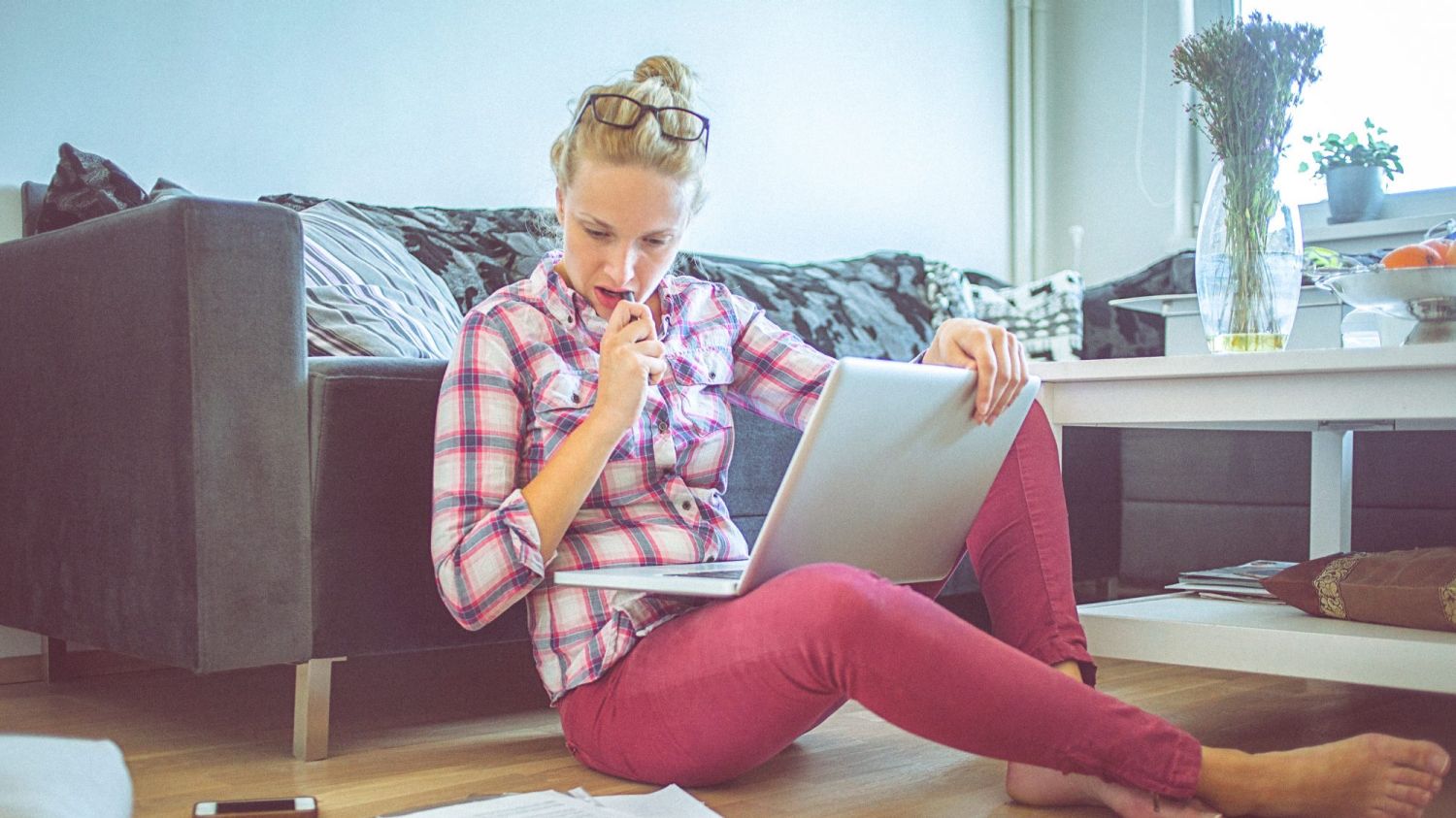When saving for a first home the sacrifices can be challenging.
Finance expert Vanessa de Groot’s tips and tools to start saving for a home
Saving for a home can be like a healthy eating plan that you keep putting off.
You break the diet you started that day by eating something naughty, so you think ‘Oh I’ll just start tomorrow’. But then the next day you do the same and the day after that, and before you know it a year has passed and you’ve made absolutely no progress.
So, if you’re serious about buying a property, start saving right now. Even if you begin by putting away just $10 each week, at least you’re making some headway.
 Planning a savings approach to buy a home can be overwhelming, but don’t put it off too long. Photo: Getty Images
Planning a savings approach to buy a home can be overwhelming, but don’t put it off too long. Photo: Getty Images
Once you’re putting some money aside, work out what type of property you want to buy and how much it will cost, factoring in what you can afford in mortgage repayments.
You’ll then need to determine the size of the deposit you will put down, which will depend upon your lender’s requirements and whether you’re prepared to pay lenders’ mortgage insurance, a mandatory insurance payment for deposits under 20 per cent of the property price, protecting the lender against default.
Start saving right now. Even if you begin by putting away just $10 each week, at least you’re making some headway.
In addition to the deposit, you’ll also need to save for the costs of buying, such as stamp duty and legal fees, but remember, if you’re a first homebuyer you may be eligible for grants or concessions.
Add up the deposit and estimated costs and put this figure down as your savings goal.
Let’s say you want to buy a $500,000 property and pay a 10% deposit of $50,000. If you buy an established home in New South Wales or Victoria you’ll need to factor in around another $20,000 for costs (or more in some cases). So, that’s a total of around $70,000.
- Related: Your guide to budgeting as a DINK couple
- Related: Saving for a home? Try the OLLY approach
- Related: How to free up extra cash faster
That seems insurmountable, but it’s easier if you come up with smaller goals. Work out when you would like to buy, then calculate how much you need to save each year, then each month and each week. Online calculators make this easy.
For instance, if you want to buy in three years with a $50,000 deposit, you’ll need to save around $16,600 each year or just under $1400 per month.
Don’t make the goal too easy or ridiculously hard – be ambitious so that you have motivation to work towards it, but realistic. Stretch the timeframe if you need to.
The next step is to track and analyse your spending for a month or so to see where your money is going. Record every single dollar you spend.
You then need to do up a budget so you know exactly how much you can afford to set aside in savings, and hopefully you’ll find it’s more than $10 a week. Don’t eat into your savings to make discretionary purchases; you must be committed.

Do you have a smart phone? There are many budgeting apps at your disposal, so use them.
Photo: Jenny Kane
There are many apps and spreadsheet templates around to help you budget and track your spending and saving, so download these and use them religiously.
Don’t just throw in the towel if you miss a savings goal. There will undoubtedly be little hiccups along the way, but there will also be times where you surprise yourself and save more than you envisaged.
You should have your money in a high-interest savings account, and while rates are currently only around 3% or less, every little bit will help. Set up automatic contributions as forced savings.
Another option for first homebuyers now is to take advantage of the First Home Super Saver Scheme, where you can salary sacrifice a proportion of your income into your superannuation account to accelerate your savings.

